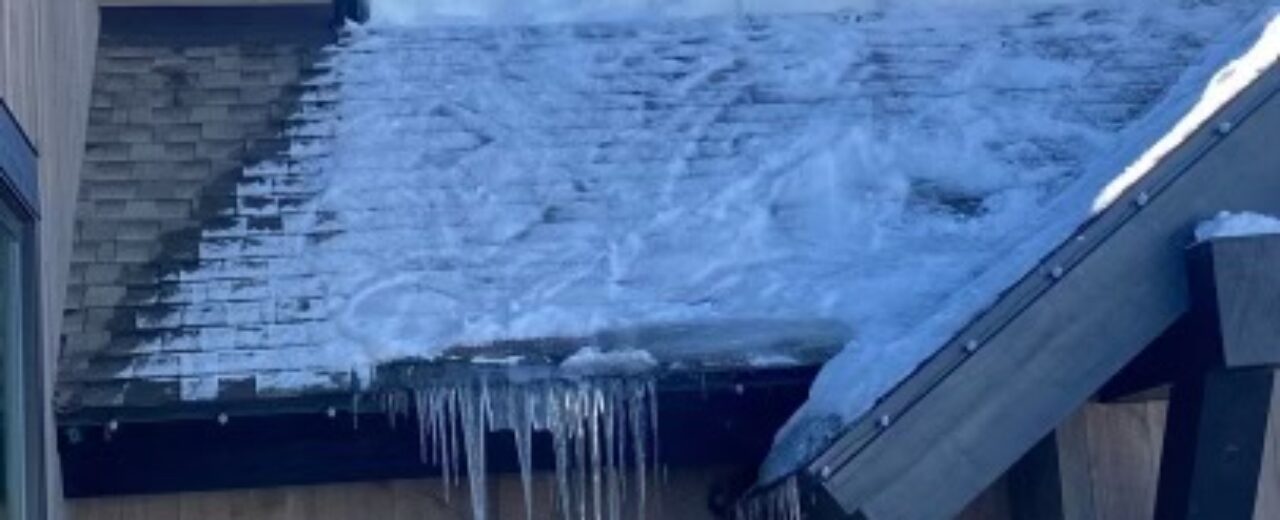Ice dams are a common winter nuisance that can cause significant damage to your home, including leaks, mold growth, and structural issues. Understanding how ice dams form and implementing preventive measures can save homeowners substantial expense and hassle. This blog explains the formation of ice dams and provides practical tips to prevent them effectively.
Ice dams form when snow accumulated on a roof begins to melt, typically due to heat escaping from inside the home. This melted snow runs down toward the roof’s edges and gutters, which are generally colder than the roof’s main surface. When temperatures at the edges drop below freezing, the water refreezes, forming an ice dam. Over time, this barrier traps additional melted snow, causing it to pool and eventually leak under shingles and into your home.
The key factor contributing to ice dam formation is uneven roof temperatures. This condition often results from poor insulation and inadequate attic ventilation. When heat from living spaces escapes into the attic, it warms the roof enough to melt the snow, even during freezing outdoor temperatures. Consequently, managing heat loss is crucial in preventing ice dams.
To effectively prevent ice dams, start by improving attic insulation. Proper insulation helps maintain uniform roof temperatures by limiting heat transfer from the interior of your home. Insulation should be evenly distributed and free of gaps or compressions to be effective. Homeowners should inspect their insulation regularly, especially before winter, and consider upgrading or adding insulation if necessary.
Ventilation also plays a critical role in preventing ice dams. A well-ventilated attic allows cold air to circulate, ensuring that your roof surface remains uniformly cold, minimizing snowmelt. Ridge vents, soffit vents, and attic fans can all help improve airflow in your attic. Ensure these ventilation systems are free from obstructions such as insulation, debris, or animal nests.
Sealing air leaks is another effective preventive measure. Heat commonly escapes through small gaps around chimneys, vent pipes, recessed lighting, and attic hatches. Identifying and sealing these air leaks with weather stripping, caulking, or spray foam insulation can substantially reduce heat loss, helping prevent ice dams.
Additionally, installing heat cables or heat tapes along roof edges and gutters can provide temporary relief by melting ice dams as they form. However, this method should be seen as a short-term solution, as it addresses symptoms rather than underlying causes.
Regularly clearing snow from your roof using a roof rake is another proactive measure. Removing snow promptly reduces the volume available to melt and form ice dams. When using a roof rake, take care to avoid damaging shingles or gutters.
In conclusion, understanding the formation of ice dams and taking proactive steps to prevent them is crucial for maintaining your home’s integrity. Enhancing insulation, improving ventilation, sealing air leaks, and carefully removing accumulated snow are effective strategies for preventing ice dams, protecting your home from winter-related damage, and maintaining your peace of mind.


